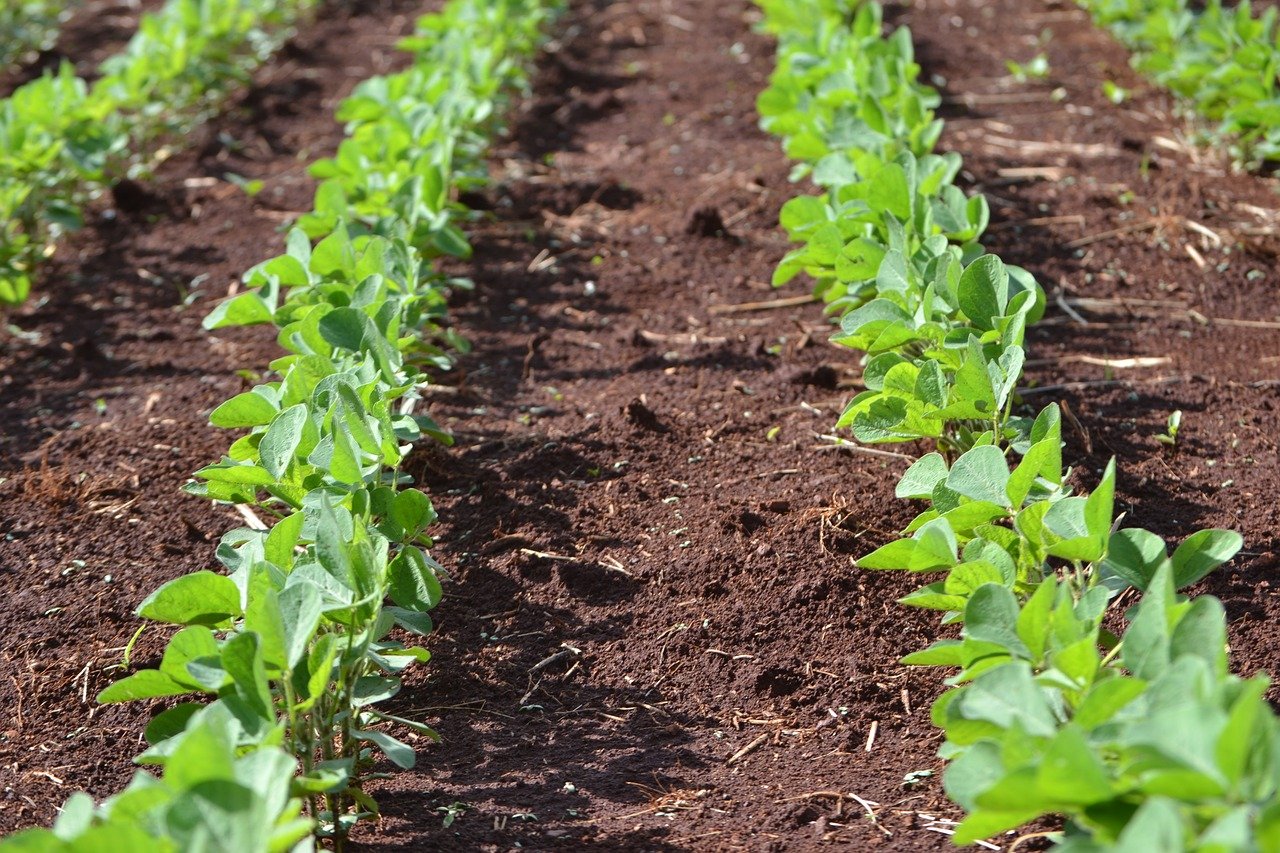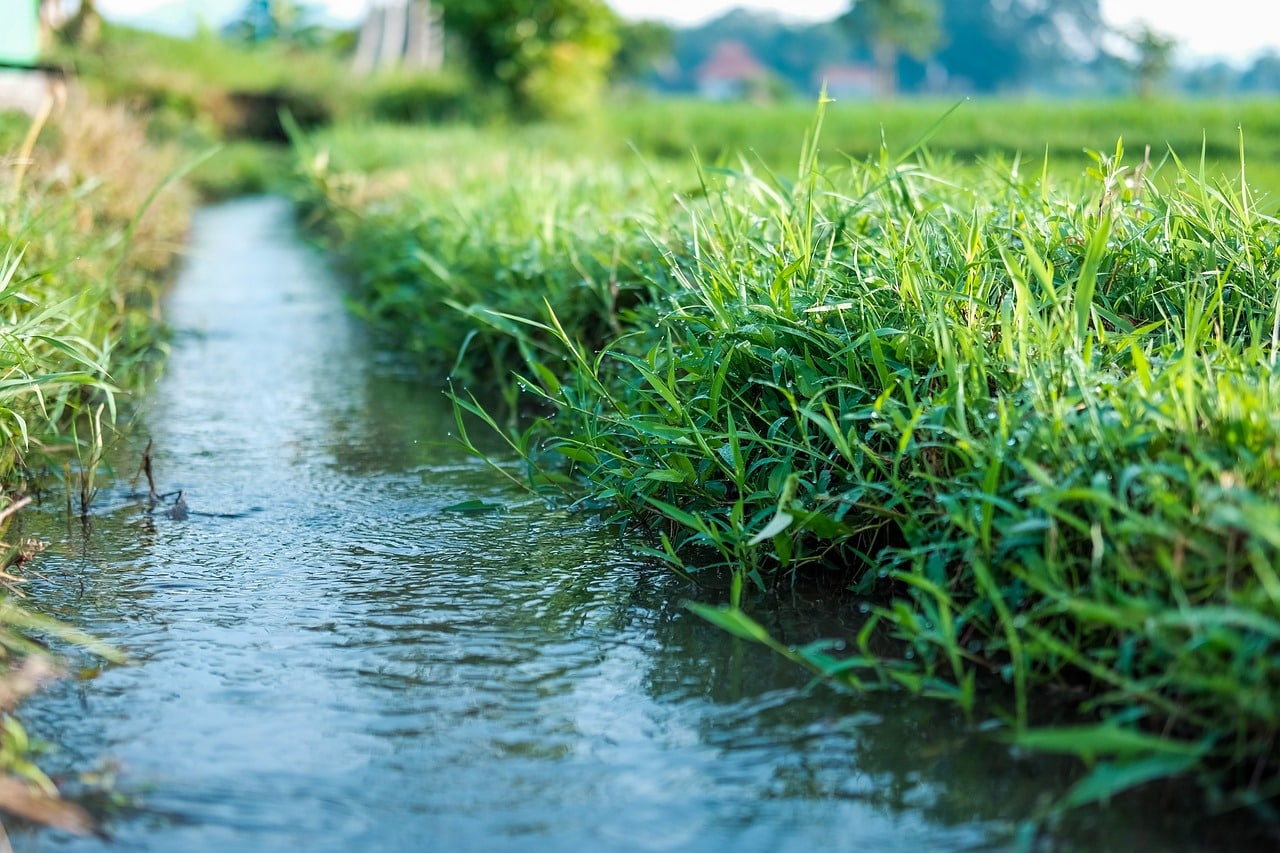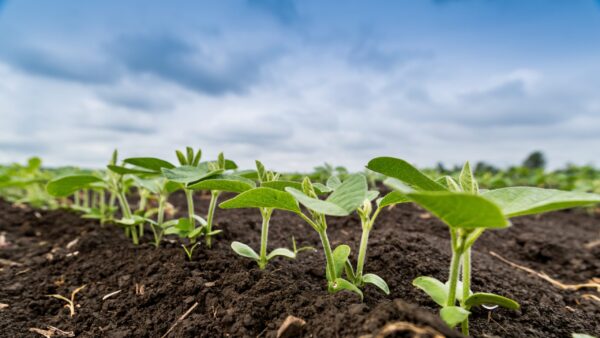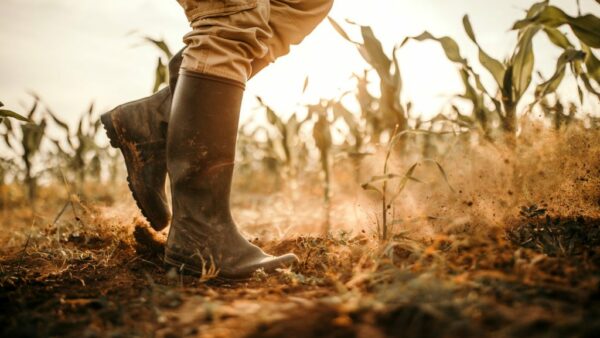Bioceres Crop Solutions Corp. and Nature Source Improved Plants announced a research and services agreement to design and establish a fast-paced HB4 Soybean breeding program in the United States utilizing NSIP’s advanced analytics and comprehensive suite of predictive breeding technologies and expertise.
Under the terms of the multi-year agreement, NSIP will employ its computational optimization technologies to enhance the research, mapping and prioritization of drought-prone growing areas in key international markets, enabling Bioceres to more efficiently develop targeted HB4 seed varieties and therefore speed and strengthen future breeding and go-to-market activities. Other expected benefits are lower development and trialing costs associated with the utilization of NSIP’s Operations Research based technologies.
Commenting on the agreement with NSIP, Mr. Geronimo Watson, Chief Technology Officer of Bioceres, says, “With the benefit of NSIP’s genome breeding technologies, we are designing an advanced breeding program to accelerate product availability and go-to-market partnerships in the US, where we expect our proprietary drought-tolerance technology to quickly gain a foothold. Incorporating NSIP’s computational technologies into the development of HB4 Soy and Wheat seed varieties will also help us better target a wider range of drought-prone growing regions around the world, as well as bring them to market faster.”
Suresh Prabhakaran, Chief Operating Officer of NSIP, says, “Our aim is to be trusted partners to meet the current and future food needs of our global community by advancing the frontiers of genomics and production technologies. We are excited to leverage complementary expertise of NSIP and Bioceres to help farmers increase productivity.”
The U.S. National Integrated Drought Information System (NIDIS) reports that during the week of September 30 to October 6, 2020, over 69.1 million people and 37.2% of land area in the U.S. experienced moderate to exceptional drought. Droughts are among the costliest natural disasters, with average annual losses in the United States estimated in the range of $10 to $14 billion dollars.
Drought can reduce both water availability and water quality necessary for productive farms, resulting in significant negative direct and indirect economic impacts to the agricultural sector. Drought can also contribute to insect outbreaks, increases in wildfire and altered rates of carbon, nutrient, and water cycling — all of which can impact agricultural production, critical ecosystem functions that underpin agricultural systems, and the livelihoods and health of farming communities.











